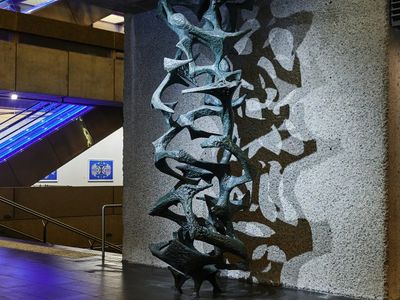Cigdem Aydemir
Veils on Veils (I, II & III)
2020
3 x Single channel videos, 5760 x 1080 (each), no sound.
Duration variable
Located in UTS Central, Jones St Lobby
Building 2, Level 4A
(CB02.4A)
I’m a proud Muslim woman. I wore a headscarf for many years of my life, particularly in my teenage years. And so even though I don’t wear a veil today, wearing the veil in my artworks is important because it helps me to connect with my identity as a Muslim woman and also helps me to unpack some of the experiences I had as a teenager and as an adult.
-Cigdem Aydemir
Cigdem Aydemir is a Sydney-based artist working in the mediums of installation, performance and video art. Her socially and politically engaged art practice considers the convergence of gender, religious and cultural identities, with an interest in post-colonial and feminist issues.
Veils on Veils (I, 11 & III) resembles a shampoo commercial, yet one in which a woman (the artist) appears to be advertising headscarves made to approximate hairstyles. With a camp and kitsch aesthetic, the work builds upon the legacy of drag performance to parody and provoke Western ideals of the feminine. In Veils on Veils, the artist playfully reframes the UTS Broadway Screen as an advertising billboard, blurring the line between art, commerce and entertainment.
"I really like the idea that art can be many things at once; it’s beautiful, it’s political, it’s strange, it’s funny, it’s all of these things at once and I like to create work that’s like that as well. Often people think of my practice as activism but I’m not necessarily trying to change anyone’s opinion, I think what’s much more interesting for me is that I like to think critically - and I like my audience to think critically - about the way we behave and think and the reasons why we do the things that we do."
Veils on Veils (I, 11 & III) plays at daily intervals between other artworks on the UTS Broadway Screen.
Cigdem Aydemir
Born 1983, Sydney, New South Wales. Lives and works Sydney, New South Wales..
Cigdem Aydemir is a Sydney-based artist working in the mediums of installation, performance and video art. Her socially and politically engaged art practice investigates possibilities for intersubjective and transcultural communication with an interest in post-colonial and feminist issues.
Much of Aydemir’s work expands upon the veil as a culturally constructed site and draws upon her lived experience to question established relations of power, while producing work that is driven equally by research, play, criticism and humour.
Cigdem was the 2013 recipient of the Redlands Konica Minolta Art Prize, in the Emerging Artist category, and the Edna Ryan Award for Creative Feminism in 2012. She has exhibited both nationally and internationally receiving support and opportunities from Australia Council for the Arts, Arts NSW, Ian Potter Cultural Trust, Freedman Foundation (Travelling Arts Scholarship), Performance Space (Sydney), Salamanca Arts Centre (Hobart), and Vryfees (South Africa).
Cigdem Aydemir:
My name is Cigdem Aydemir and I created the work Veils on Veils. I’m a performance, video and installation artist and I often create work that comments on power structures in society and the impacts these have on the way we behave and think.
I’m a proud Muslim woman. I wore a headscarf for many years of my life, particularly in my teenage years. And so even though I don’t wear a veil today, wearing the veil in my artworks is important because it helps me to connect with my identity as a Muslim woman and also helps me to unpack some of the experiences I had as a teenager and as an adult. I really like the idea that art can be many things at once, so, you know, it’s beautiful, it’s political, it’s strange, it’s funny, it’s all of these things at once and I like to create work that’s like that as well.
Often people think of my practice as activism but I’m not necessarily trying to change anyone’s opinion, I think what’s much more interesting for me is that I like to think critically - and I like my audience to think critically - about the way we behave and think and the reasons why we do the things that we do.
In Veils on Veils, I’m looking at the hairstyle as a marker of Western femaleness. Often when we think about exposing hair it’s considered the most natural and normal thing to do. Well actually what we know is that hairstyles carry lots of meaning, particularly coming from the perspective of a veil-wearer or a Muslim woman. So, if you like, the hairstyle could be considered a veil: something that you wear, something that you put on, something that carries meaning. So that’s what I’m interested in.
The headpieces themselves look really camp and kitsch and I was interested in this because I love the way drag performers parody the gender binary. They’re presenting this idealised version of femininity or masculinity and what makes it so funny is that we know there is no singular ideal of the ideal female or the ideal male. In my work I’m trying to do something similar, I’m parodying the notion that there is this this idealised Western female that we should all, as women, be aspiring to.
When I saw the screen I initially thought of it as a billboard. It’s really large and it’s got high exposure, I thought it would be the kind of place where you’d see a fashion advertisement or a beauty advertisement, so this made me think of creating something that would blur the lines between art and advertising, so when you saw the work you couldn’t really tell if it was one or the other.
There’s three videos and they’re each about 30 seconds. They’re designed to be slotted in between other video works, so it’s not something you can necessarily plan to see, but something you’ll happen to see when you go past it.
The reason why I’m interested in the incidental-ness or that moment when you’re not necessarily thinking is because I think that moment is full of potential. It’s when we’re on autopilot, we’re not necessarily thinking about why we’re doing things and that’s what I want to explore - it’s the reason why we do those things that we don’t think about.
I also want to create an opportunity where we can momentarily step out of the everyday and experience something unusual and different.
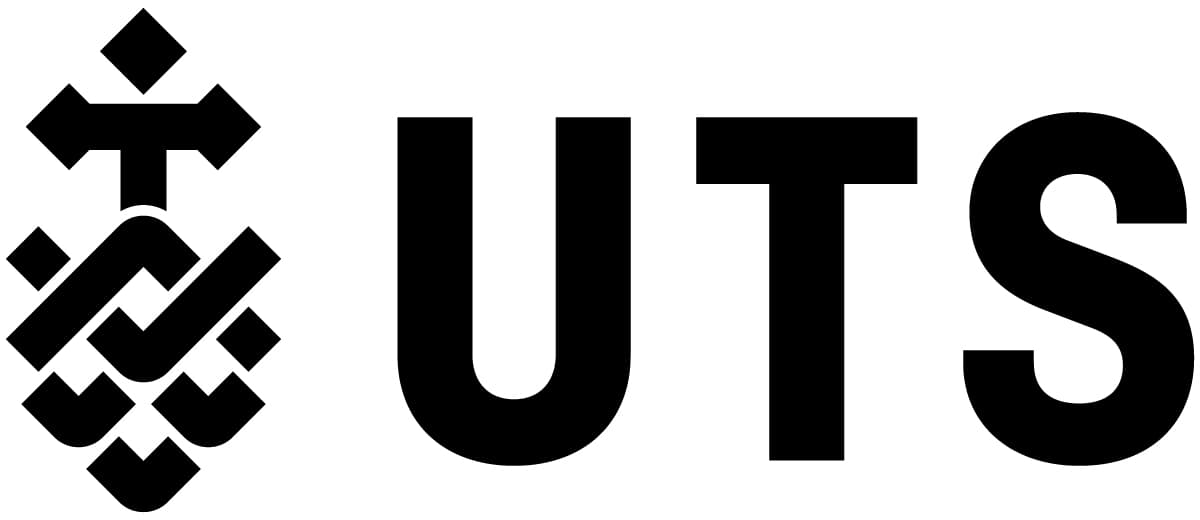


/https://uts-art-prod.s3.amazonaws.com/media/dd/images/cb8b5dec4a760851328da1678db0a5e1.jpg)

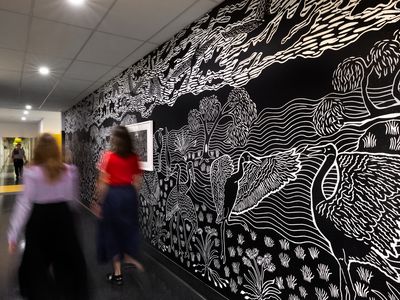
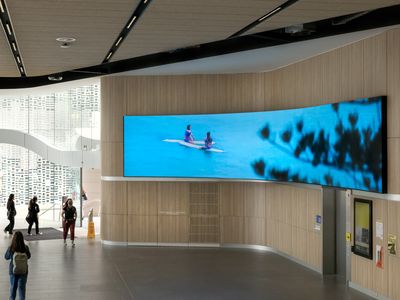
/https://uts-art-prod.s3.amazonaws.com/media/dd/images/02e4cd61f03a160c71ac5afa967a498c.jpg)
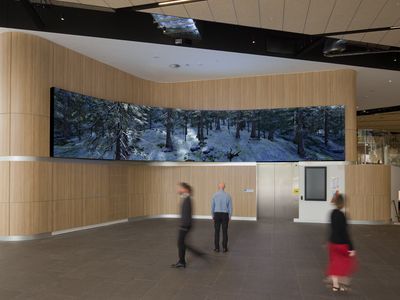
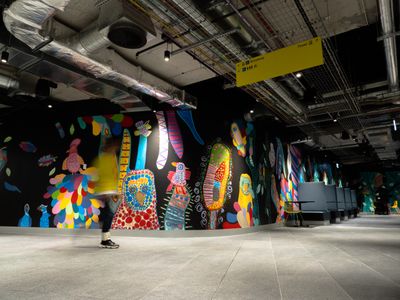
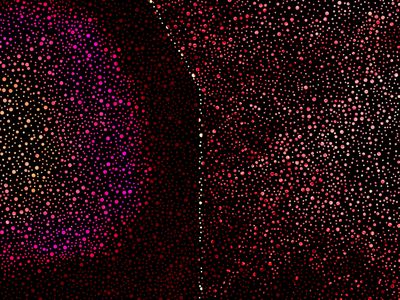
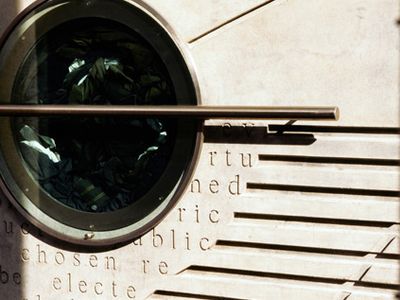
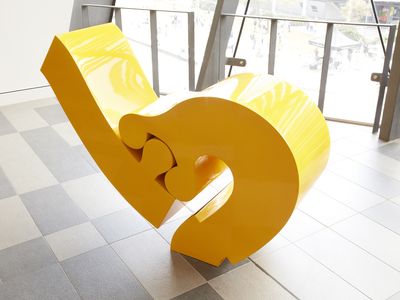
/https://uts-art-prod.s3.amazonaws.com/media/dd/images/df377b6c21304ede1f1e8f14abd59915.jpg)
